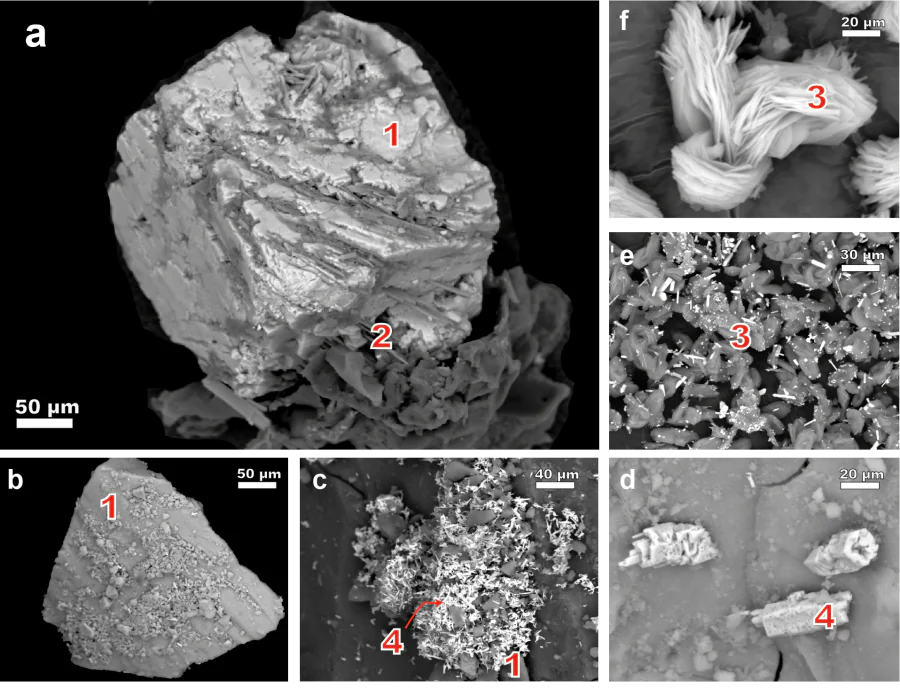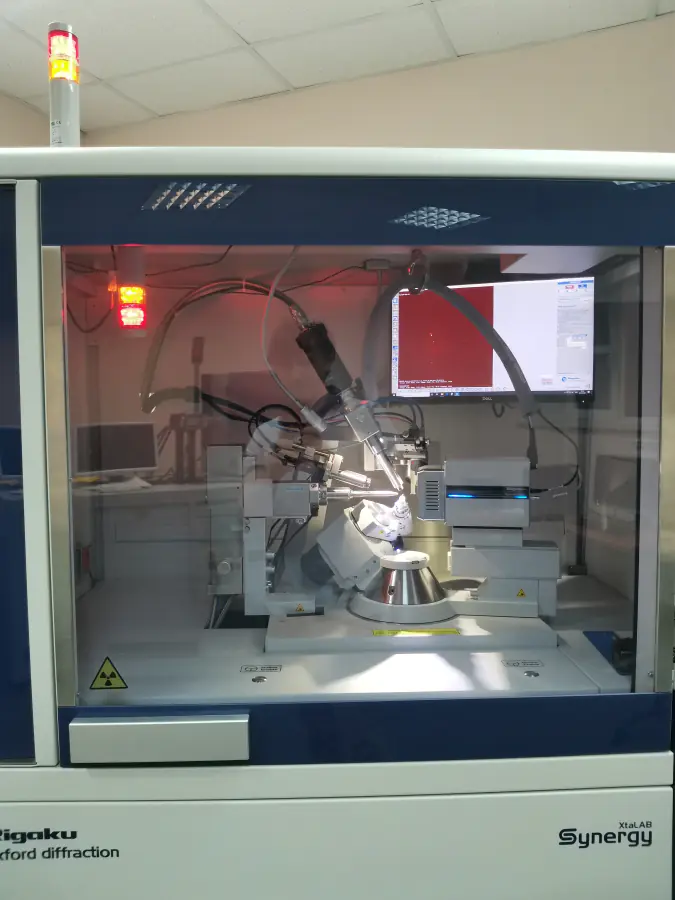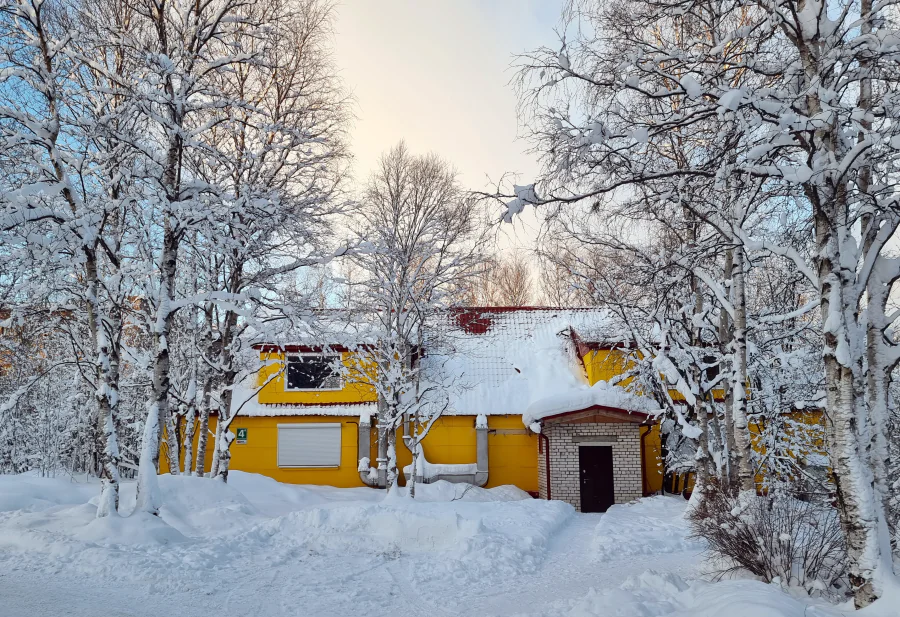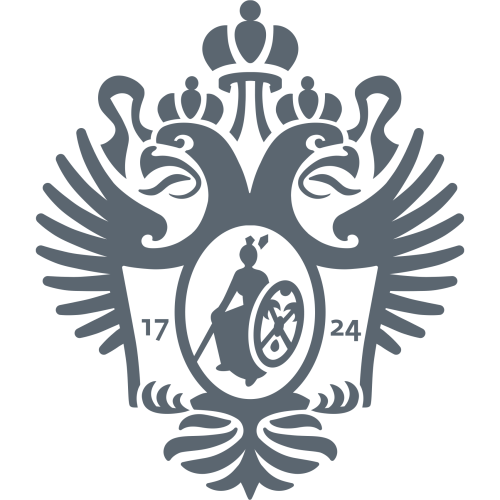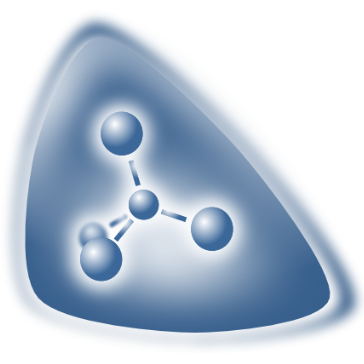Laboratory of Nature-like Technologies and Technosphere Safety of the Arctic
Taras Leonidovich Panikorovskii
The main directions of the laboratory's research:
• Obtaining new data on the crystal structure and chemical composition of minerals, a systematic assessment of the evolution of the structure and composition of natural compounds over time, the development of methods of topominerology, the introduction of a new interdisciplinary field – topocrystallochemistry.
• Analysis of crystal structures of natural and synthetic compounds using machine learning methods to predict the functional properties of compounds.
• Development of effective methods for the synthesis of new mineral-like functional materials and nature-like technologies for their use to ensure the technosphere safety of the Arctic zone of the Russian Federation.
• Search for ways to remediate technogenically disturbed territories in the Arctic zone of the Russian Federation using mining waste.
• Comprehensive studies of the processes of sorption of potentially toxic metals by mineral materials in water and soil objects.
• Development of techniques for creating sustainable vegetation cover in extreme natural and man-made conditions.
• Investigation of the individual and complex phytotoxic effect of heavy and rare earth metals in man-made substrates and urban soils of the Kola Peninsula.TG channel connected to our laboratory:https://t.me/arcticminerals
- X-ray diffraction analysis
- X-ray phase analysis
- Optical microscopy
- Inorganic synthesis












Research directions
Search for new minerals
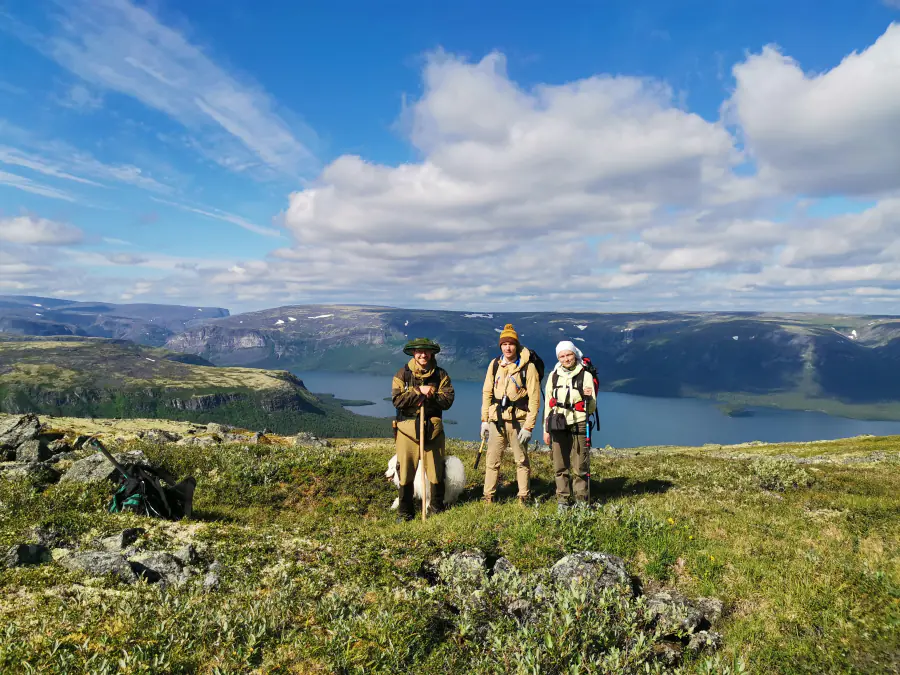
Development of effective remediation techniques using serpentine materials to create sustainable ecosystems in extreme natural and man-made conditions
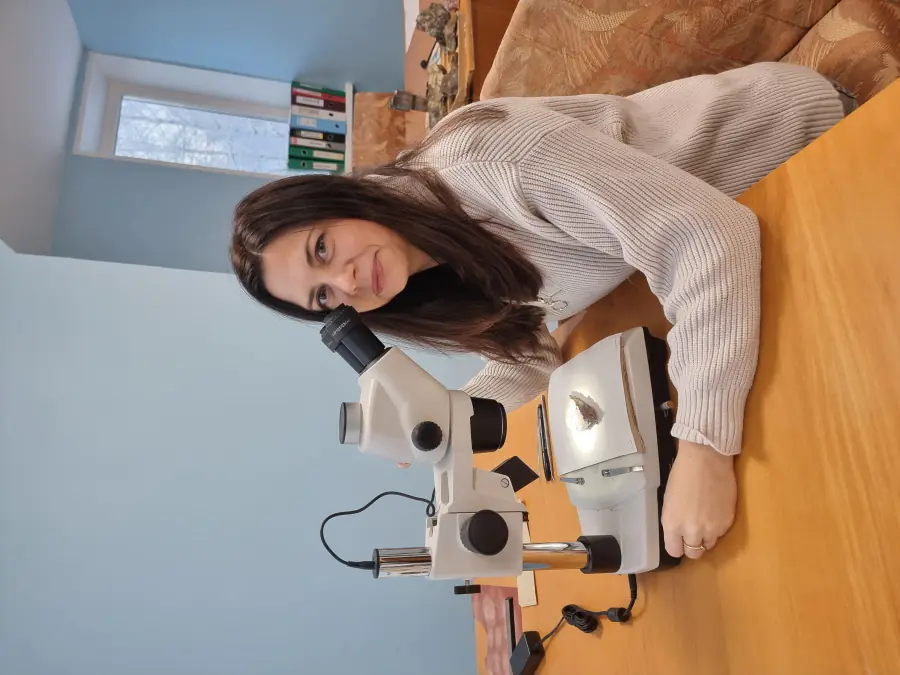
Creation of new functional materials based on mineral raw materials in the Arctic zone of the Russian Federation: crystal chemistry, topological and geometric analysis, ion exchange, synthesis, production technologies
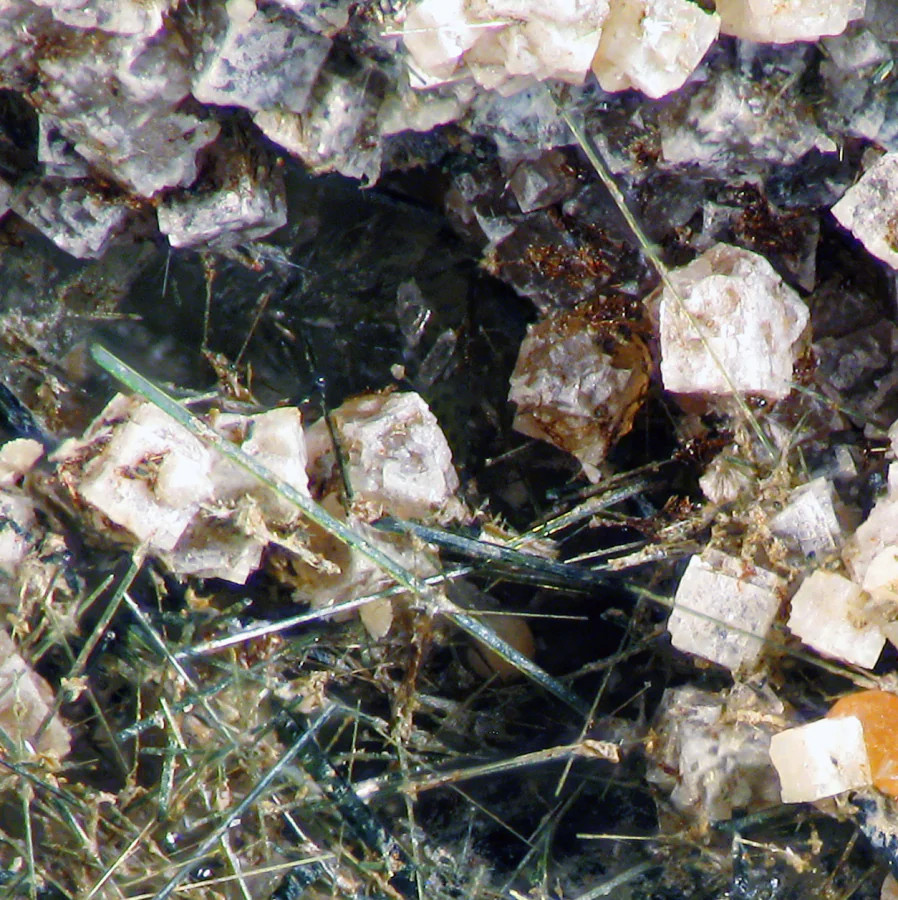
"Production and use of mineral-like titanosilicates of the ivanyukite group as sorbents of non-ferrous, precious metals and radionuclides"
